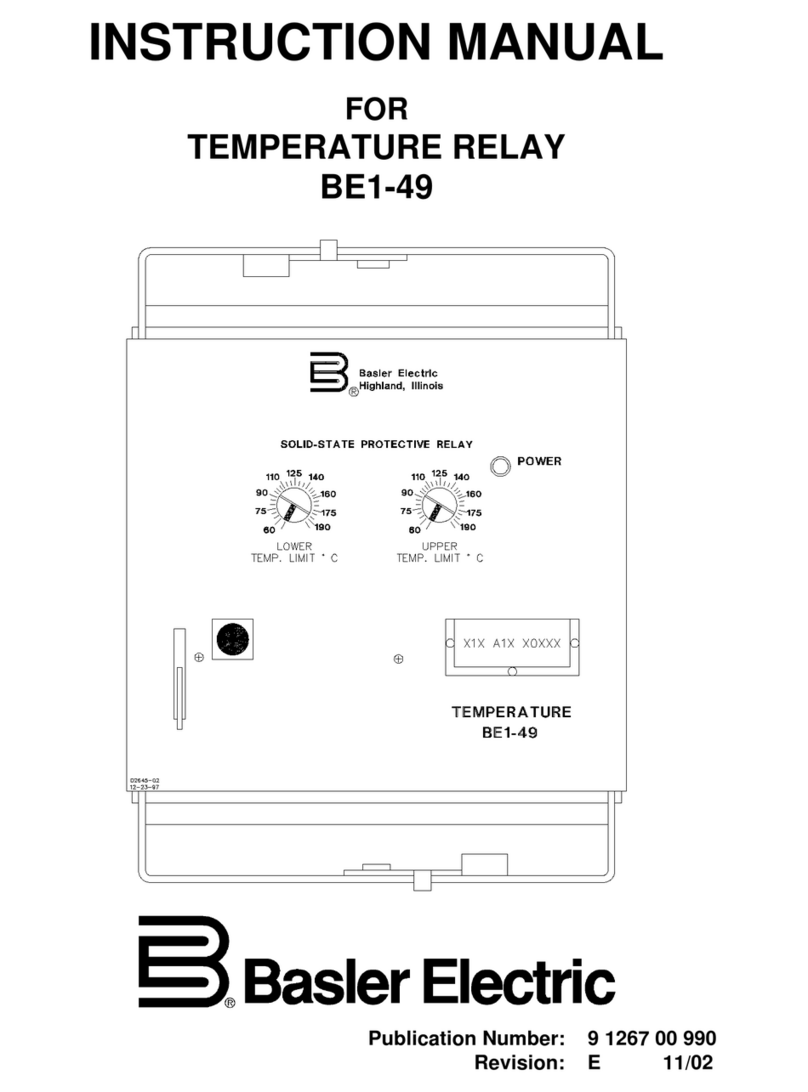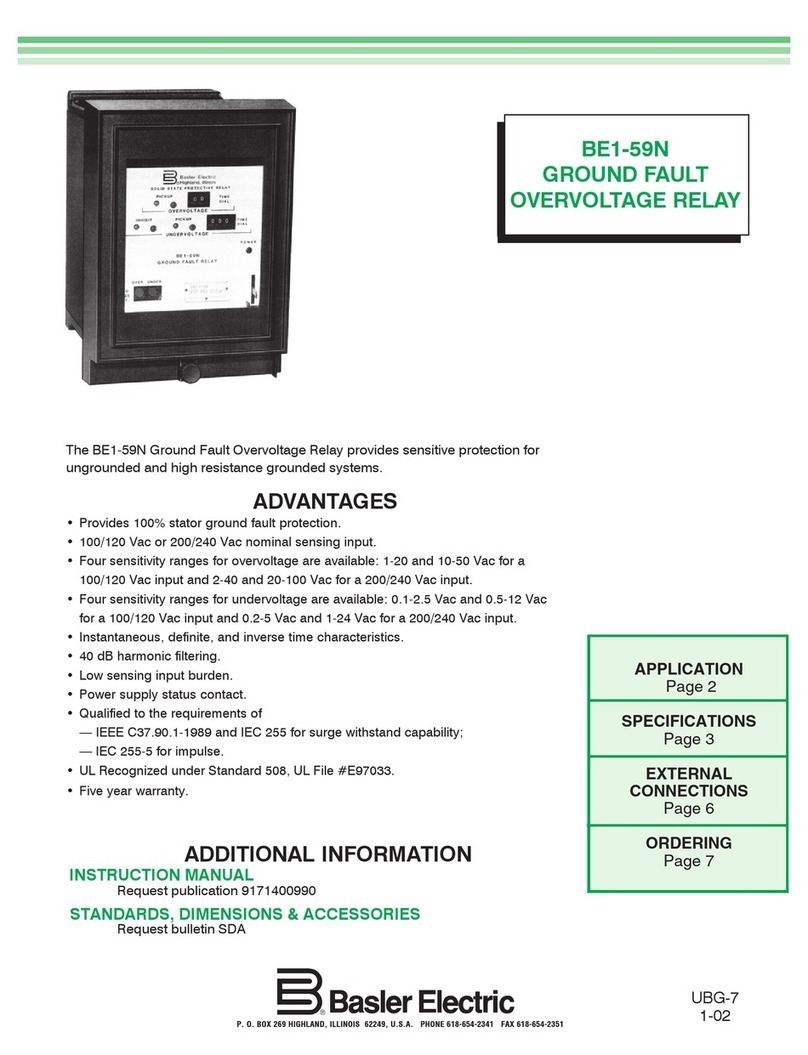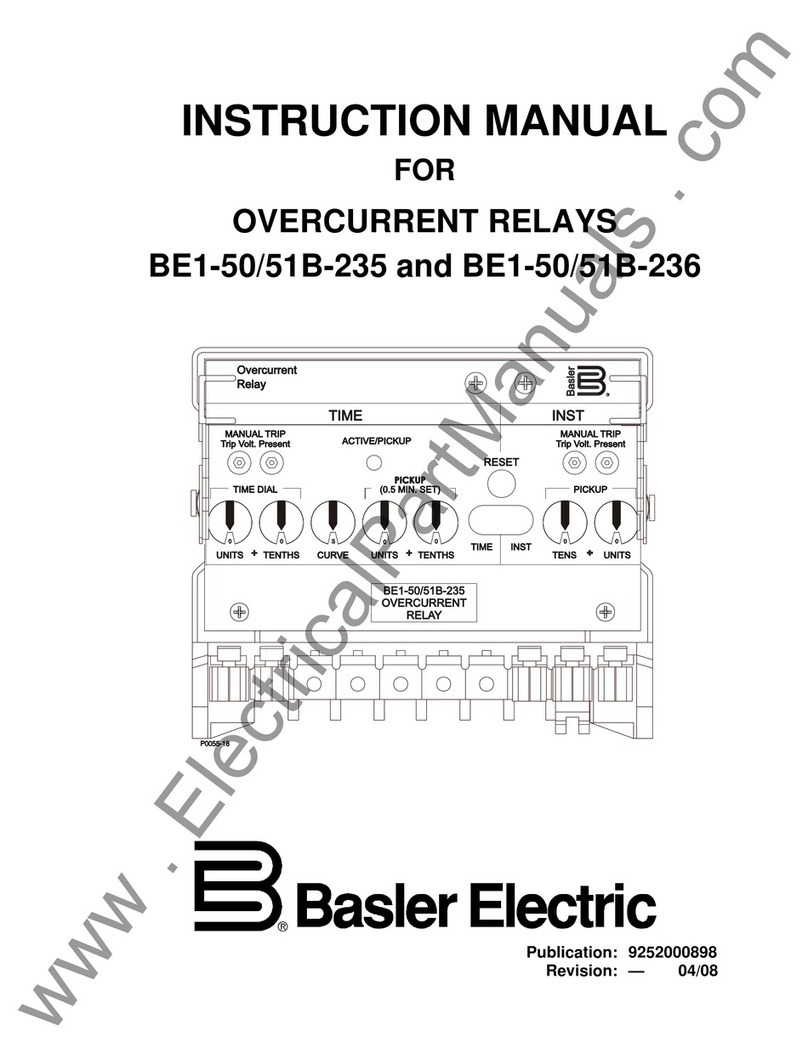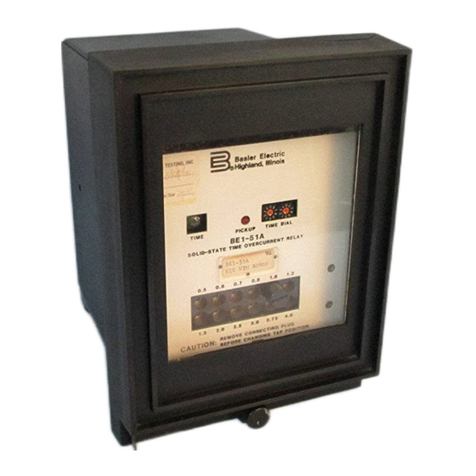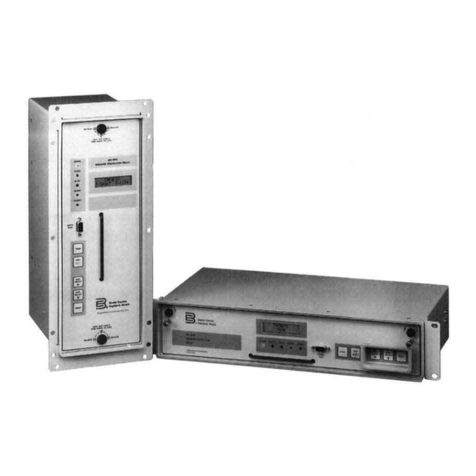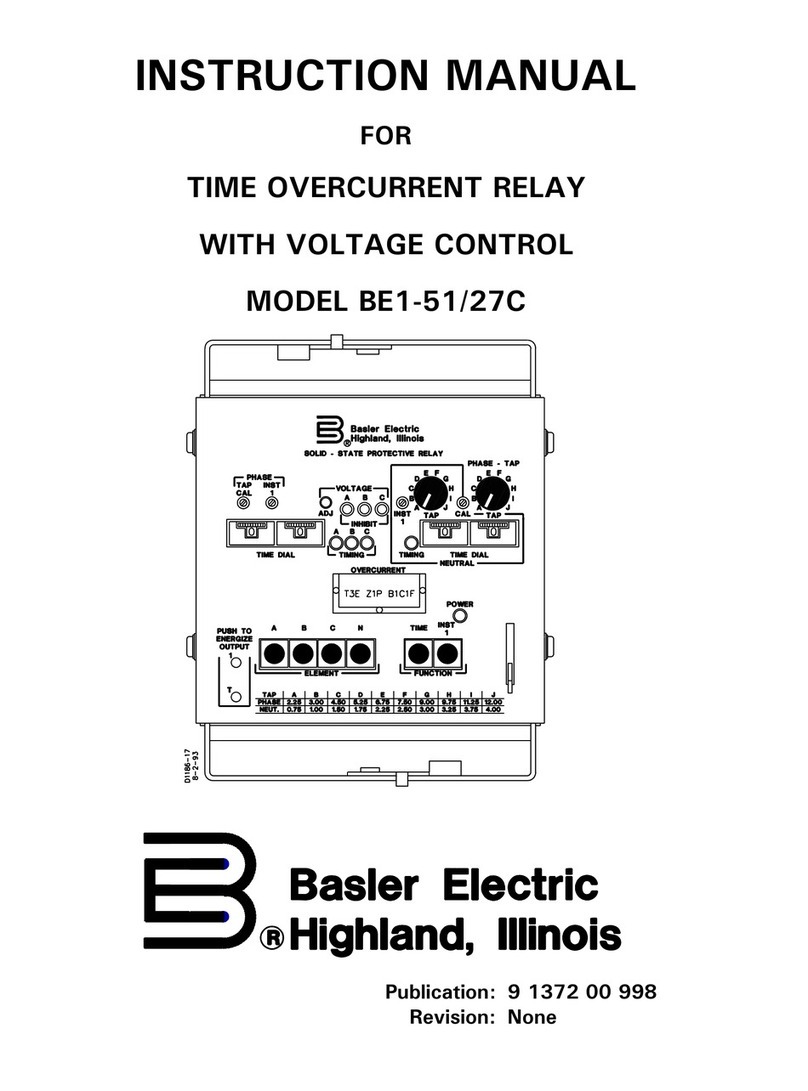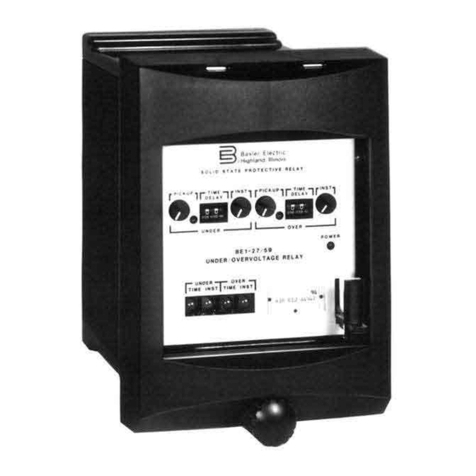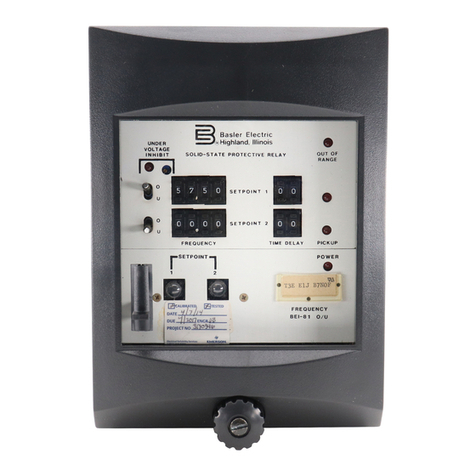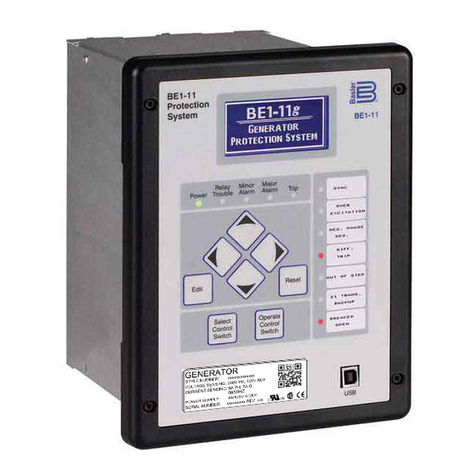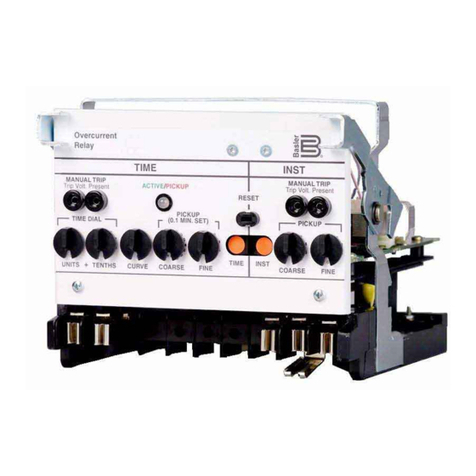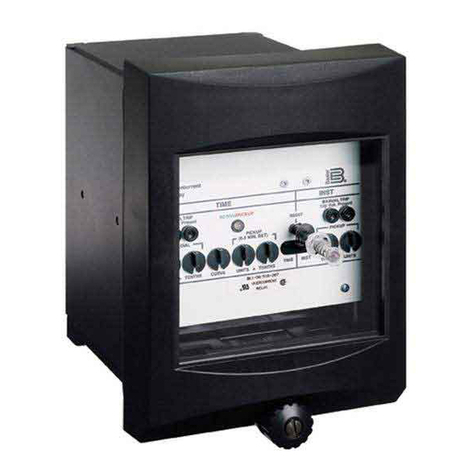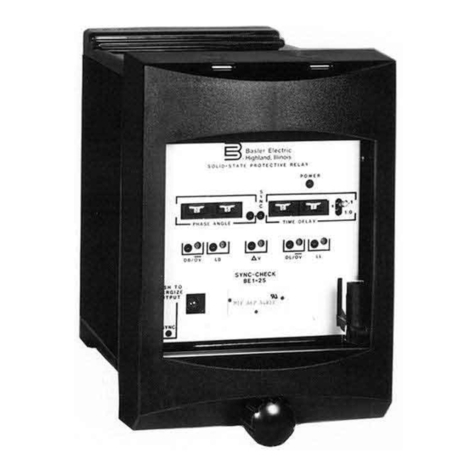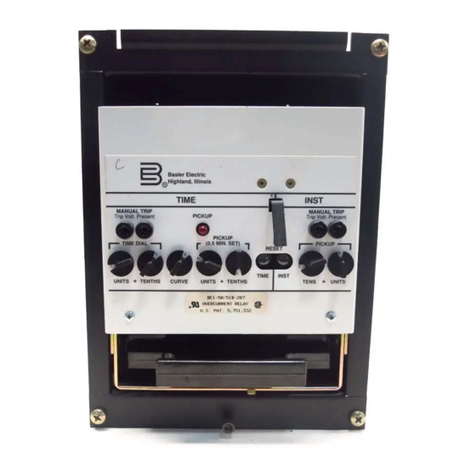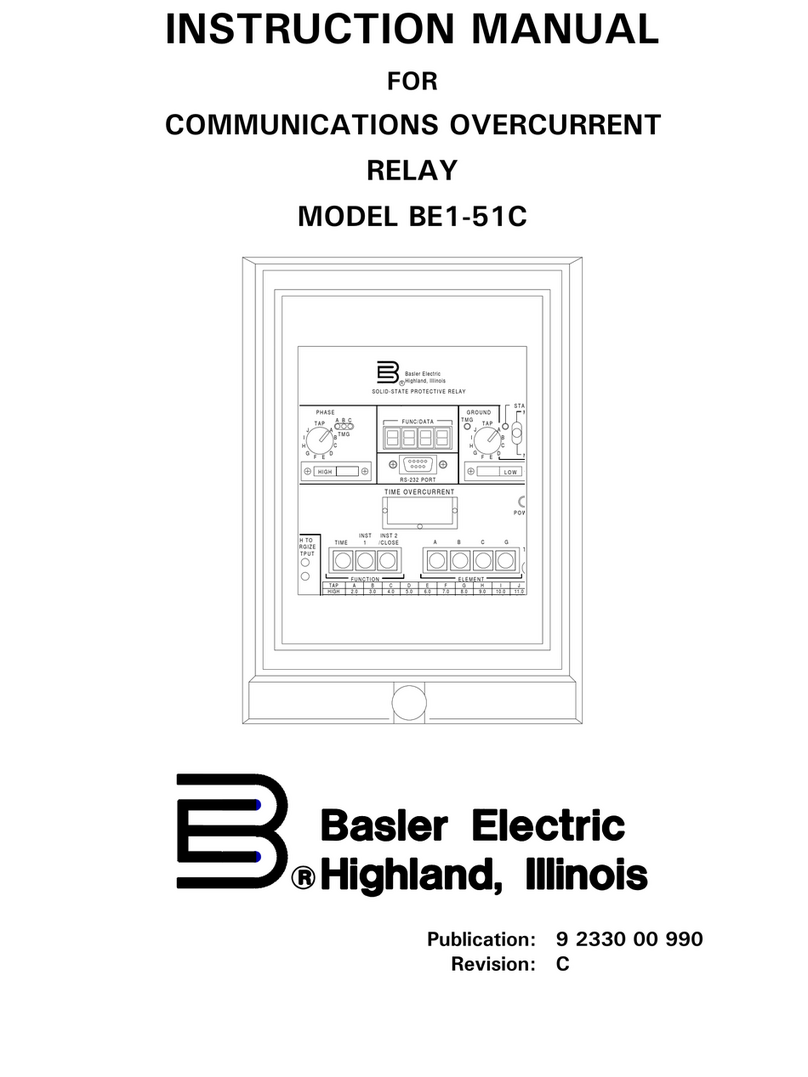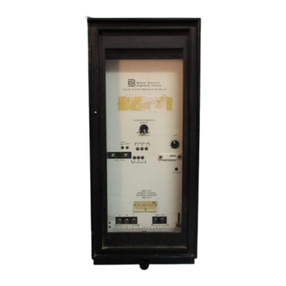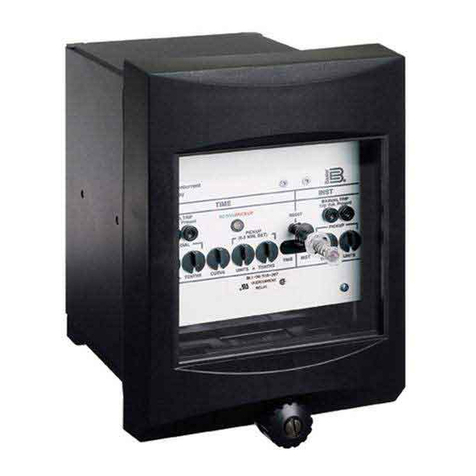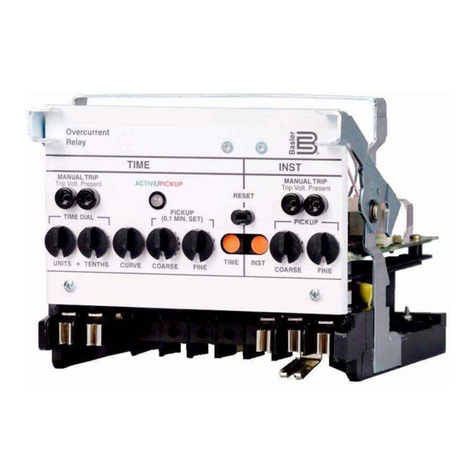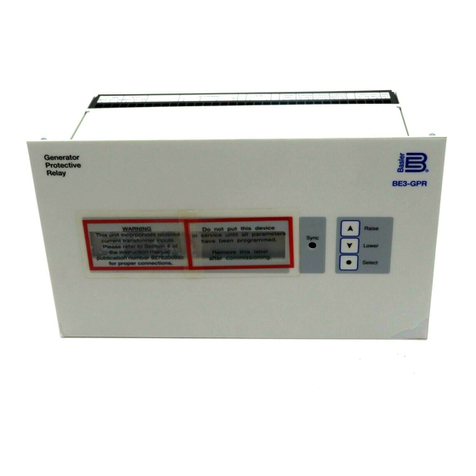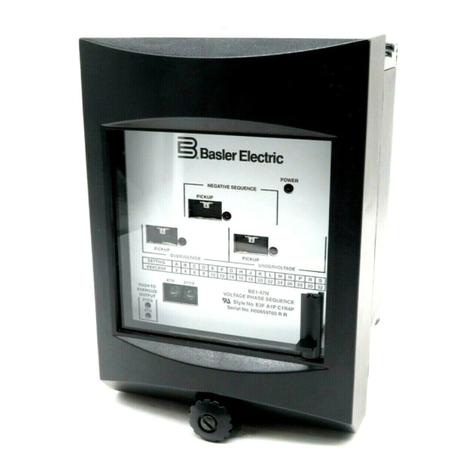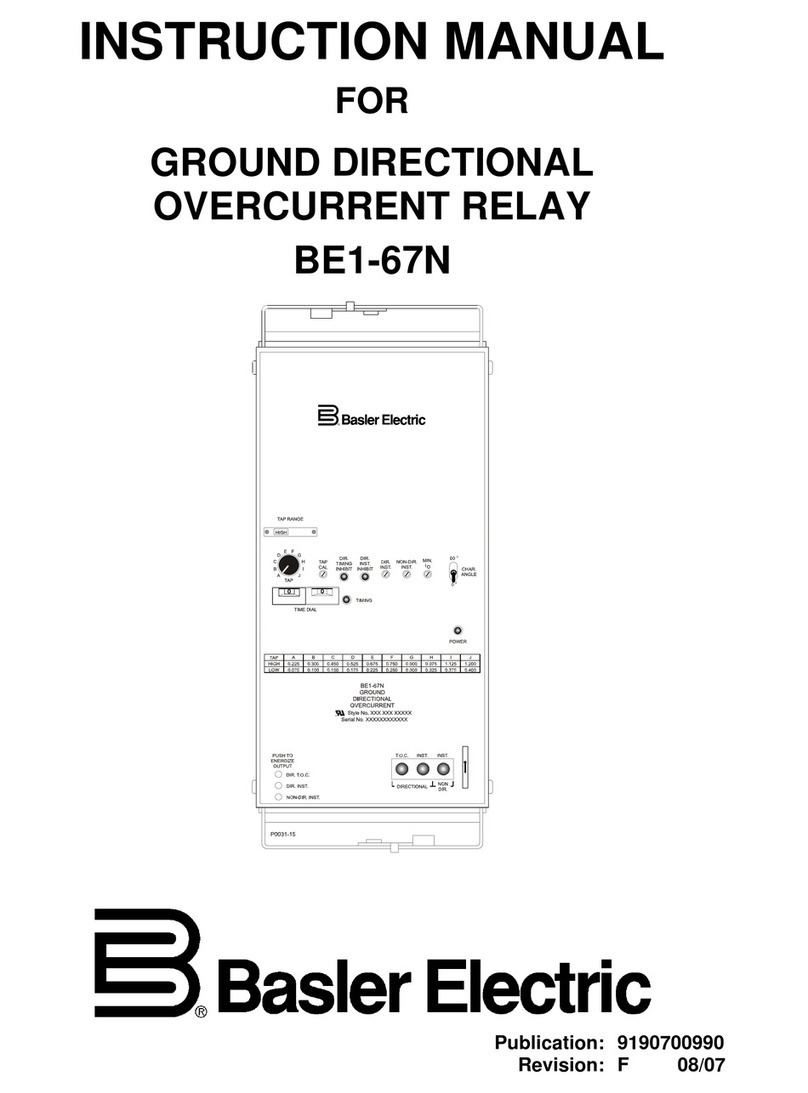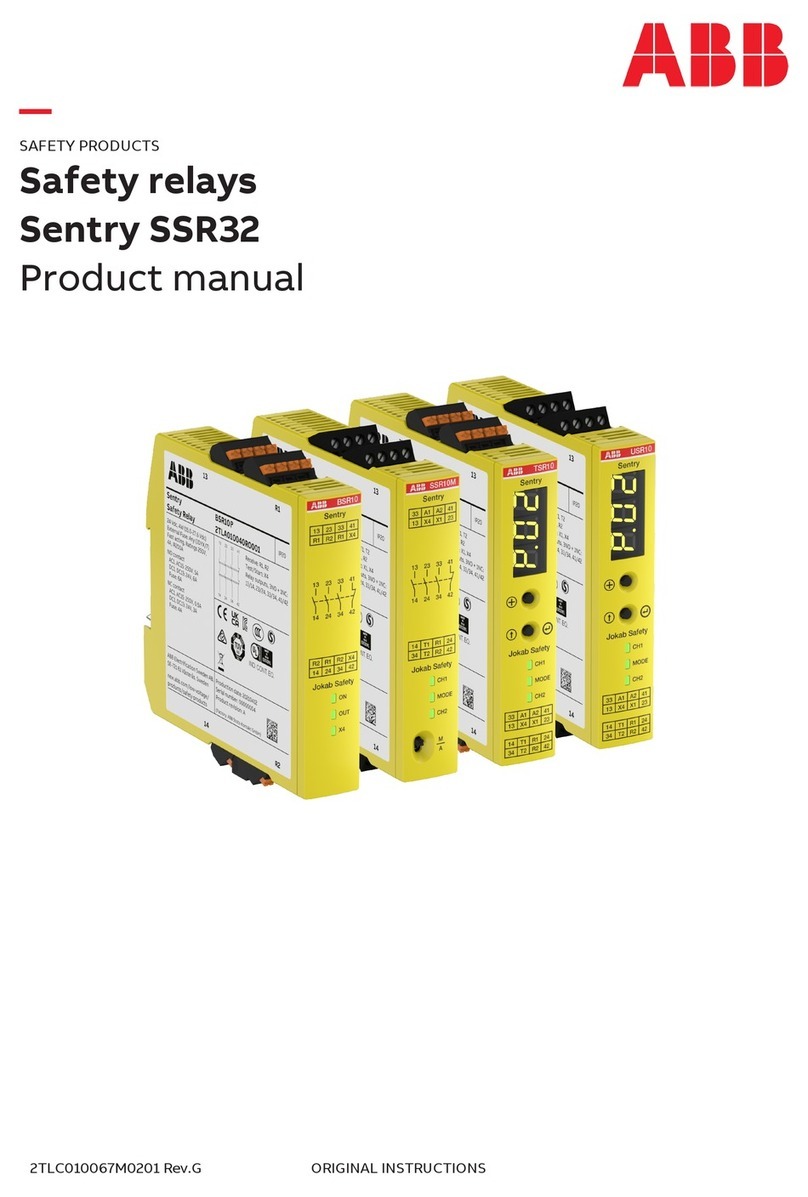
iv
CONTENTS - Continued
CONTENTS
Section 3 FUNCTIONAL DESCRIPTION - Continued
Voltage Monitor .................................. 3-7
Slip Frequency Difference ......................... 3-9
TrippingFunction,PowerFail .......................... 3-9
ControlFunctions ................................... 3-9
Counter Enable .................................. 3-9
DrivetoLockout ................................. 3-9
DrivetoReset................................... 3-9
TimingFunctions.................................... 3-9
MasterTimer.................................... 3-9
ResetTimers................................... 3-10
LockoutTimer.................................. 3-10
RecloseTimers................................. 3-10
HSRTimer .................................... 3-10
Sync-CheckTimer .............................. 3-10
PFTimer ...................................... 3-10
CloseTDTimer................................. 3-11
LossOfPotentialTimer .......................... 3-11
SelectionFunctions................................. 3-11
HSRSync ..................................... 3-11
Start52b ...................................... 3-11
Communications ................................... 3-11
General ....................................... 3-11
RS232-C Format ................................ 3-11
Serial Port Connections and Configurations .......... 3-12
SerialCommunication ........................... 3-13
StartingCommunication .......................... 3-13
Main Menu and Activities ......................... 3-14
Section 4 INSTALLATION 4-1
General ........................................... 4-1
OperationPrecautions ............................... 4-1
DielectricTest ...................................... 4-1
Mounting .......................................... 4-2
General ........................................ 4-2
Installing Escutcheon Plates ........................ 4-4
Connections ........................................ 4-5
Section 5 TESTING 5-1
General ........................................... 5-1
Testing............................................ 5-1
Preliminary Setup Procedures ...................... 5-1
Time, Date, Settings, and Save ..................... 5-6
Timers......................................... 5-6
Control Inputs ................................... 5-8
Voltage Monitor ................................. 5-10
Voltage Difference Inhibit ......................... 5-10

